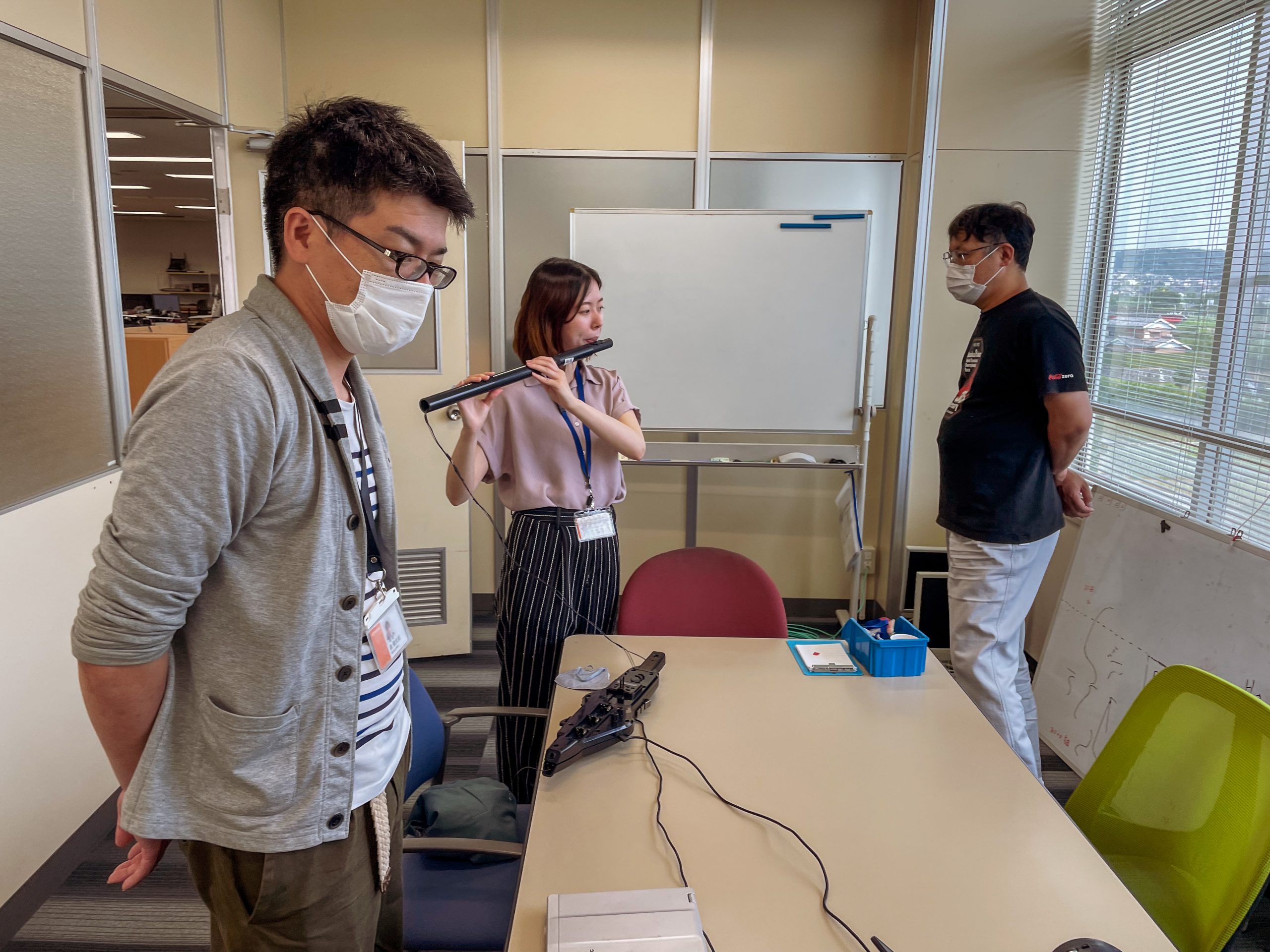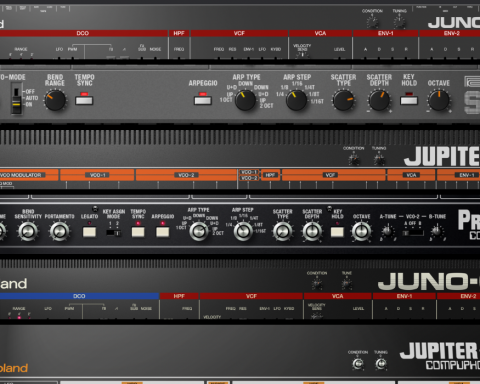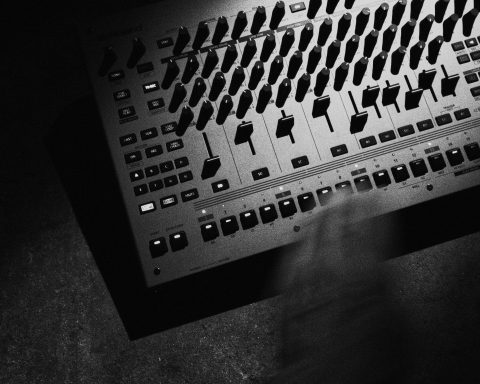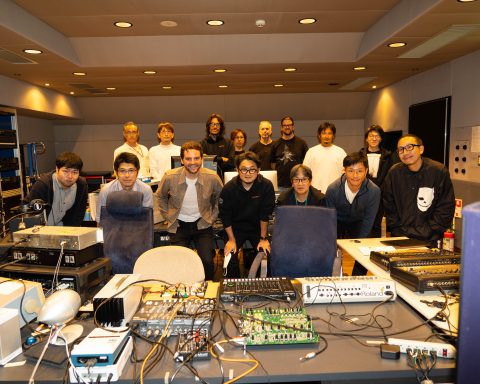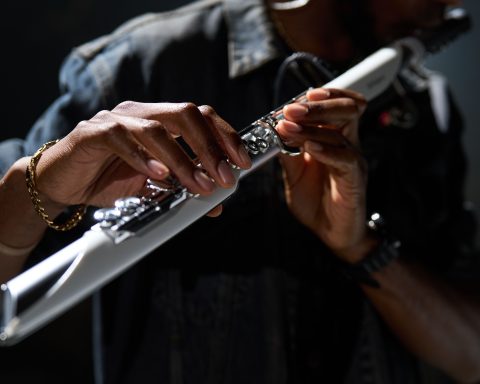Since its 2016 debut, the Roland Aerophone series has allowed players to explore fresh approaches to music-making. The results have expanded the notion of what a wind instrument can do. Aerophone Brisa delivers a dynamic evolution of the growing Aerophone, widening the line’s reach to include flutists and other musicians. The Engineering team took some time to dive into some questions about the power and potential of Brisa, the latest addition to the Aerophone family.
A Fresh Breeze
How did the team decide that Roland should create a digital wind instrument with a traditional flute’s styling and key layout?
During development, we took inspiration from several research studies. First, when we looked into the wind instrument market, we found that the flute has a very large global presence, with many players worldwide. That led us to think: Could we help existing flute players expand their musical expression even further?
Next, we researched which instruments people dream of playing someday. The flute consistently ranked high. However, its structure makes it very difficult to produce a stable sound with it. We focused on lowering the entry barrier for such a beloved but challenging instrument. Lastly, we were drawn to the flute’s beauty—not just its elegant shape but also how graceful it looks when played. We want more people to be able to perform this beautiful instrument in a cool and stylish way.
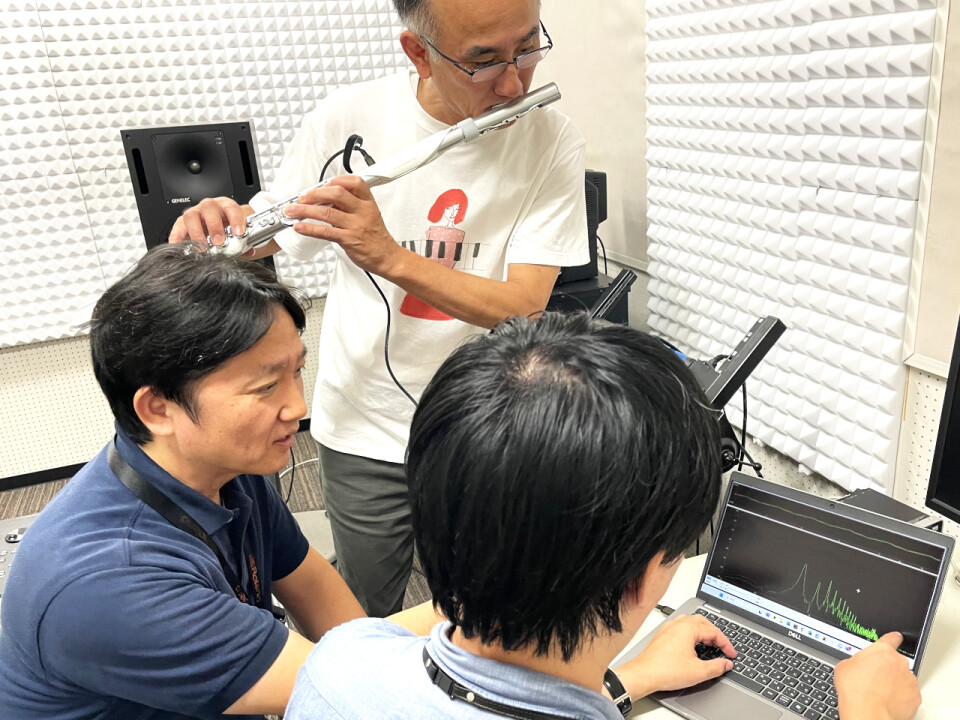
"We were drawn to the flute's beauty—not just its elegant shape but also how graceful it looks when played."
What was the process to develop the various fingering modes (flute, trumpet, and the default Brisa mode)?
Besides the difficulty of producing sound, the flute also has unique fingerings that can be hard to master. So, we included multiple fingering modes: one for those familiar with recorder or saxophone (Brisa mode), one for brass players using trumpet-style fingerings, and, of course, one for flute players. Our goal was to let as many people as possible enjoy the fun of playing.
Were there some things you immediately knew had to be different from past Aerophones?
Yes, definitely. From the start, we knew we needed a slim and lightweight body to reflect the flute’s elegant design and playability. We also needed a new key structure to recreate the flute’s performance feel. These were essential from the beginning.
How did working with artists influence the engineering process for Aerophone Brisa?
We received support from many artists around the world—not just flute players, but various wind instrument musicians showed strong interest and gave us great feedback. Their ideas covered weight balance, key layout, breath response, and overall playability. Through these conversations, we also realized again how much the beauty of an instrument can boost a player’s motivation.
The Nature of a Name
Was it a challenging process to come up with the perfect name?
Yes, naming was a very careful process. We gathered many cool words from around the world, including names related to instruments and nature. However, since the meaning of a word can vary greatly between countries, we asked team members from different regions for their opinions. We aimed for a name that would sound cool no matter where you’re from.
Tell us about the process of developing the unique Aerophone Brisa embouchure hole.
We went through many trials to digitally express the flute’s unique octave technique naturally. It was important that this feature didn’t make playing harder—we wanted it to be simple and intuitive. While the structure differs from an acoustic flute, you can play with a similar feel once you get used to it.
"Naming was a very careful process. We gathered many cool words from around the world, including names related to instruments and nature."
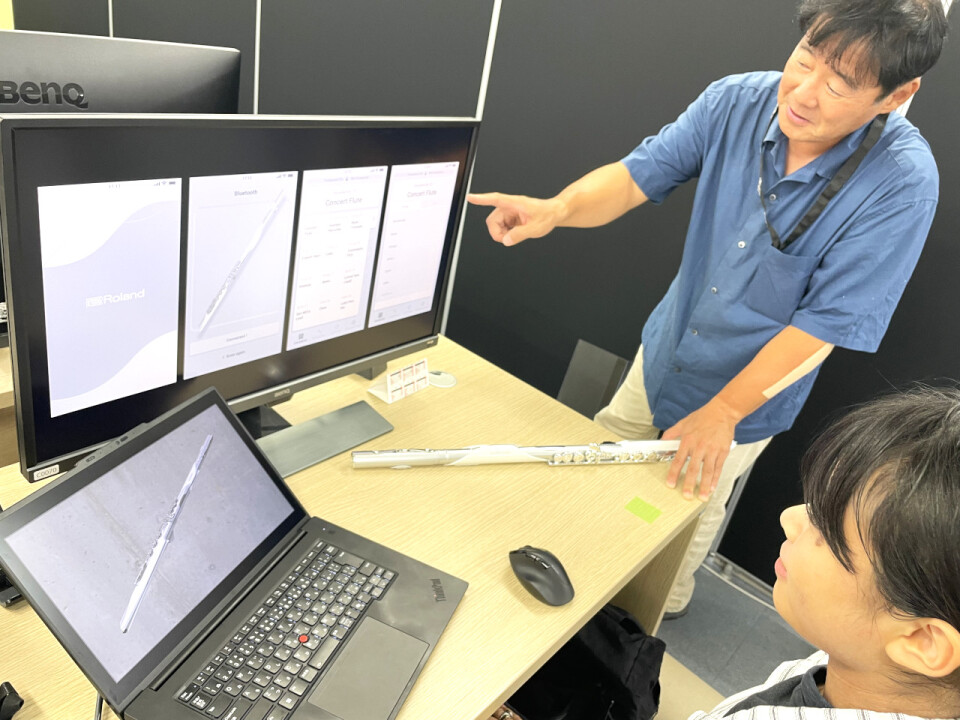
What were some of the challenges of designing the physical layout of Aerophone Brisa?
The biggest challenge was creating a slim and beautiful body like a flute. It was also difficult to fit the ideal key structure inside such a narrow frame. At the same time, we couldn’t compromise on sound quality, so designing the internal layout to include all necessary electronic parts was tough.
How does the motion sensitivity enhance the playing experience?
Motion sensors were first introduced in Aerophone Pro (AE-30), but in Brisa, they’ve evolved to feel even more natural. For many tones, lifting the tip of the instrument slightly adds deeper vibrato, allowing for intuitive and expressive performance.
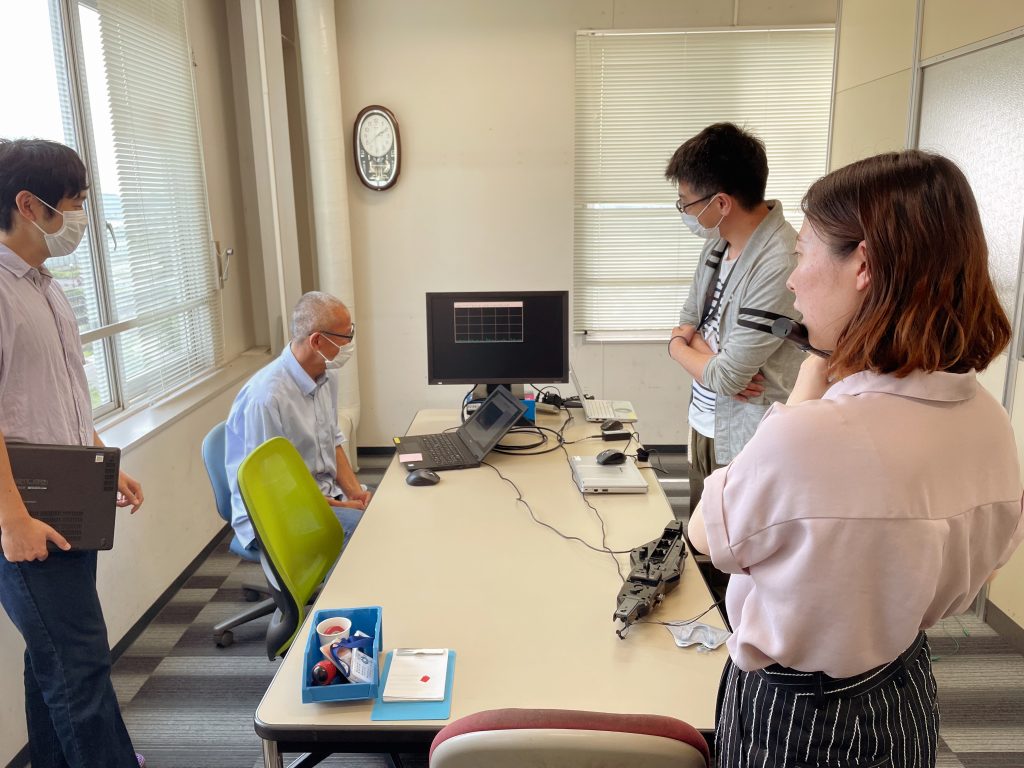
Drones, Tones, and Aerophone
The ability to add harmonies and drones is unique to Aerophone Brisa. How did this come about?
Actually, harmony features were first included in the original Aerophone (AE-10). They evolved into Intelligent Harmony, which adjusts to the scale, and were first introduced in Aerophone Pro (AE-30). Playing harmonies on a single-note wind instrument is a dream for many players, and we wanted to make that dream come true.
Drone features also started with AE-30. Drones are used in many traditional instruments like bagpipes. Since Aerophone includes many world instrument sounds, having a drone function is essential for realistic performance.
SuperNATURAL Winds is a brand-new sound engine. Can you tell us some elements that make it unique from past Aerophone sound engines?
Both the previous SuperNATURAL Acoustic engine and the ZEN-Core engine used in Roland’s flagship synths are excellent. However, SuperNATURAL Acoustic was initially designed for keyboard performance.
It’s not about which is better. For Brisa, we focused on how wind instrument sensors—like breath sensors—interact with the sound engine. We re-tuned everything from scratch to make the playing experience more natural and direct. That’s how SuperNATURAL Winds was born.
"Many ideas came from real acoustic instruments. We wanted to recreate these unique techniques and characteristics in Aerophone."
Some of the tones contain hidden features. How did you come up with the ideas for those?
Many ideas came from real acoustic instruments. For example, the Japanese shakuhachi has a unique technique called “muraiki.” This technique is unique to the shakuhachi and involves controlling the breath to produce a wind-like or airy sound, often referred to as ”breathy tone” or ”wind noise.” Plus, many ethnic instruments like bagpipes use drone sounds. Vibrato is also a wind instrument-specific expression. We wanted to recreate these unique techniques and characteristics in Aerophone.
What are some of the real-world situations and uses where you would like to see Aerophone Brisa? Who will benefit from this unique instrument?
We’d love to see professional musicians performing on stage with it, as well as beginners who’ve never played a wind instrument before, experiencing the joy of making sound for the first time. Most of all, we’re excited to see people using Brisa in creative ways we never imagined.
